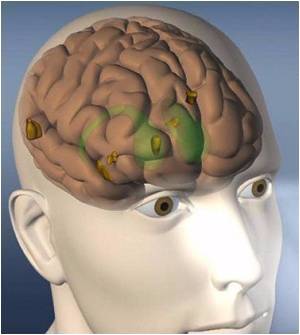Male and female sex hormones regulate expression of an important gene in neuronal cell culture through a hitherto unknown mechanism, scientists say.

George Washington University researcher Dr. Valerie Hu's previous study found that RORA was decreased in the autistic brain. In this study, the research group demonstrates that aromatase, a protein, which is regulated by RORA, is also reduced in autistic brains. This is significant because aromatase converts testosterone to estrogen.
Thus, a decrease in aromatase is expected to lead in part to build up of male hormones, which, in turn, further decrease RORA expression, as demonstrated in this study using a neuronal cell model.
On the other hand, female hormones were found to increase RORA in the neuronal cells. The researchers believe that females may be more protected against RORA deficiency not only because of the positive effect of estrogen on RORA expression, but also because estrogen receptors, which regulate some of the same genes as RORA, can help make up for the deficiency in RORA.
"It is well known that males have a higher tendency for autism than females; however, this new research may, for the first time, provide a molecular explanation for why and how this happens. This is just the tip of the iceberg in terms of understanding some of the biology underlying autism, and we will continue our work to discover new ways to understand and, hopefully, to someday combat this neurodevelopmental disorder," said Dr. Hu.
In her research published in 2009, Dr. Hu and colleagues found that RORA deficiencies were only apparent in the most severe cases of autism and were observed in the brain tissues of both male and female subjects.
Advertisement
Source-ANI










